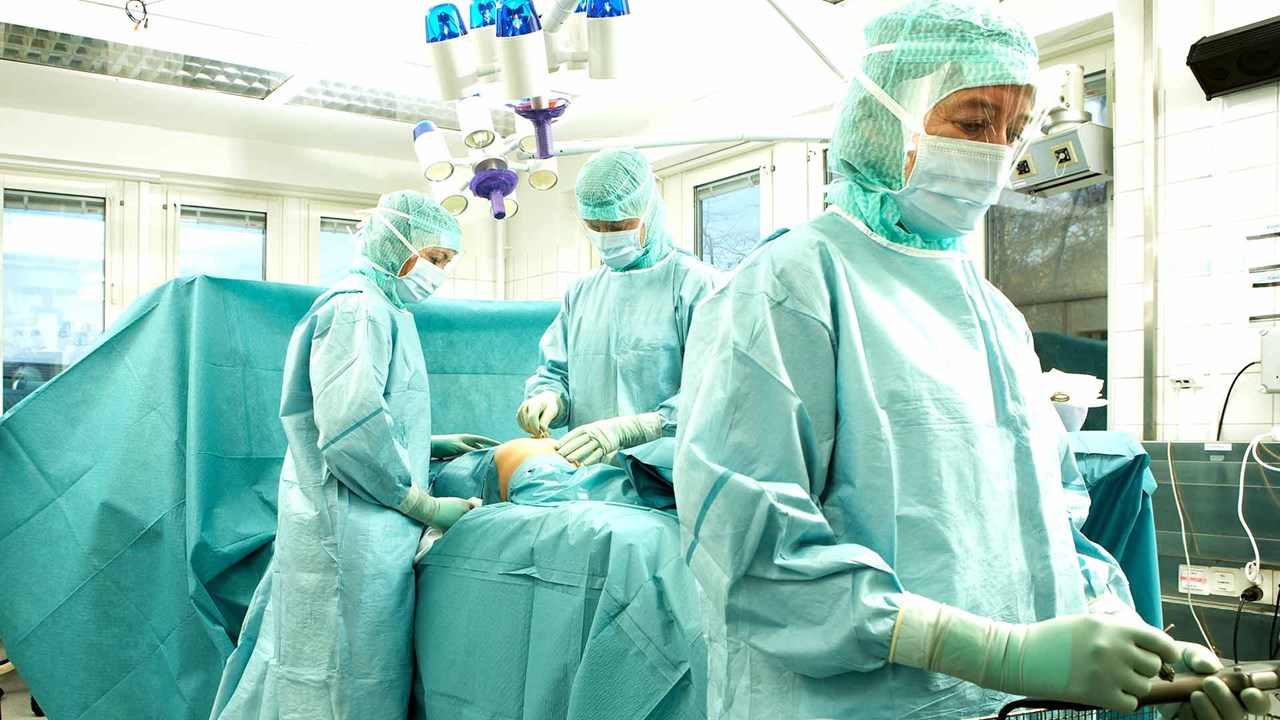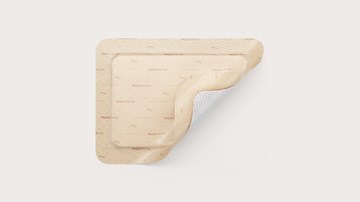Infections in the operating room
See how protecting yourself, your patients and staff from hospital-acquired infections can save on costs and avoid unnecessary suffering

We know that healthcare providers are under constant pressure to reduce costs while improving standards of care and preventing cross-contamination.
It is estimated that one out of every 20 patients undergoing surgery will develop a surgical site infection (SSI)
Healthcare professionals are frequently exposed to pathogens. Needlestick injuries, of which there are an estimated one million in Europe each year
The burden of surgical site infections
Surgical site infections are costly to treat; they also cause pain and trauma to patients. An SSI could, for example, mean that a patient goes on to develop deep tissue infection which results in the patient having to remain hospitalised for a prolonged period of time, occupying bed space that could have been used for other patients. And it could all have been prevented.
SSIs are caused by the microbial contamination of the surgical wound. The microorganisms enter by one of the following:
- From the skin of patients
- From the surgeons and other operating room personnel
- From the air
- From contaminated surfaces or instruments used during surgery
Preventing SSI isn’t easy. For example, it’s estimated that about one-third of the population naturally carries the bacteria, Staphylococcus aureus, on the skin and in the nostrils
The air is also a source of infection: humans shed thousands of skin scales every minute
Gloving to prevent infection
Preventing infection and cross-contamination in the OR involves considering the air, patients, staff, equipment and surfaces. We collaborate with healthcare professionals to find the most efficient ways to prevent infection and cross-contamination.
Surgical gloves
Single gloving:
Surgical gloves help reduce the risk of infection for both healthcare professionals and patients
Glove powder may be used to make it easier to put on and take off surgical gloves. But it can trigger reduced resistance to infection, bacterial environmental contamination, foreign body reaction, delayed wound healing, adhesion formation and granuloma formation
Double gloving with puncture indication:
Double gloving with a puncture indication system – wearing both overgloves and undergloves – enables the healthcare professional to see a glove puncture as soon as it occurs. This means they can quickly change gloves and continue the procedure without compromising protection from cross-infection
In a study of gloves used in surgical procedures, the rate of detection of perforations during surgery was 90.2% with the indicator gloves sub-group, compared to 23% and 36.0% with the combination (two regular) gloves and single gloves sub-groups, respectively
The practice of double gloving is proven to reduce the risk of needlestick and other sharps injuries and exposure to bloodborne infections. A 2014 Cochrane Review concludes that double gloving reduces the risk of an inner glove perforation by 71%, compared to single gloving
Leading authorities now recommend double gloving for invasive surgeries:
- Centers for Disease Control and Prevention (CDC)
- National Association of Theatre Nurses (NATN)
- Association of periOperative Registered Nurses (AORN)
- American College of Surgeons (ACS)
- Royal College of Surgeons of England
- Australian College of Operating Room Nurses
Preventing infection with staff clothing
We believe that staff clothing plays a key role in infection prevention – through protecting patients from contamination from staff and supporting clean air in the OR.
Reusable scrub suits
Traditional, textile scrub suits are washed between surgeries and reused. But stains, wear and tear can compromise protection – performance is affected by the quality and number of washes.
Single-use polypropylene scrub suits
Single-use scrub suits are discarded after use, reducing the risk of infection. Polypropylene scrub suits, in particular, are associated with significantly lower air and wound bacterial contamination than conventional cotton shirts and trousers
Clean air suits
Ultra clean air in the OR is achieved by a combination of laminar air flow, the number of door openings, the number of people in the OR and clean air suits. It’s particularly important in orthopaedic, implant and paediatric interventions.
Clean air suits are especially designed to reduce contamination from airborne microorganisms by staff. They have a better protective effect than a reusable system made of cotton/ polyester, giving high resistance towards bacterial penetration
To minimise the risk of infection, clean air suits should be used, even if laminar airflow is installed.
Preventing contamination from the patient’s skin
Surgical drapes and whole body washing can prevent microorganisms from the patient’s skin from contaminating the surgical wound and causing SSIs.
Surgical drapes
Surgical drapes block the transfer of microorganisms from the patient’s skin in surgical procedures. Impermeable materials control infection, while effective fluid control allows for a drier working area. The most effective drapes have fewer parts and are easy to use – to reduce the risk of contamination.
Washing the skin
Whole body washing reduces the skin bacterial load and ultimately decreases the risk of SSI. There are a number of ways to clean the skin:
- Soap and water: the typical standard patient-cleansing procedure. But this simply spreads the organisms, releasing the bacteria over the surface of the skin from the naturally heavily colonized areas
. - Povidone iodine: preoperative body washing with povidone iodine provides some protection. But surgery-associated products like blood, bus and fat make it less effective
. - Chlorhexidine digluconate solution: in several studies, a chlorhexidine digluconate solution has been found to prevent healthcare-acquired conditions in intensive care settings
. Recent surgical protocols recommend patients shower twice with chlorhexidine digluconate solution before surgery, waiting at least one minute before rinsing it off . It’s also less likely to cause skin reactions than alternatives .
Mölnlycke related products
'References'









